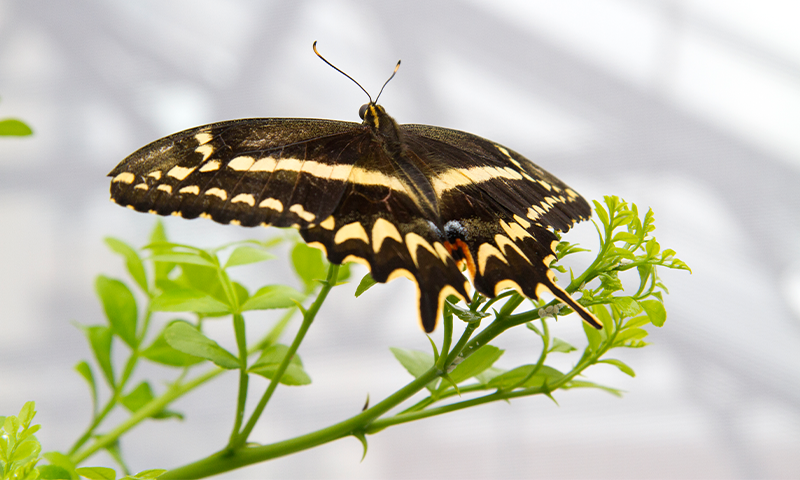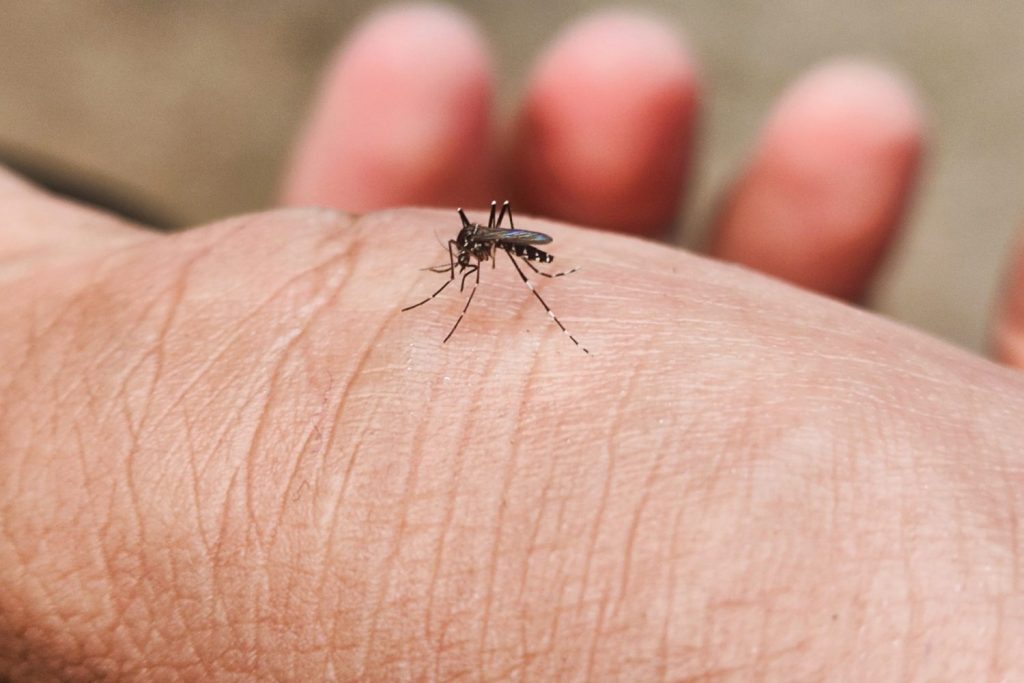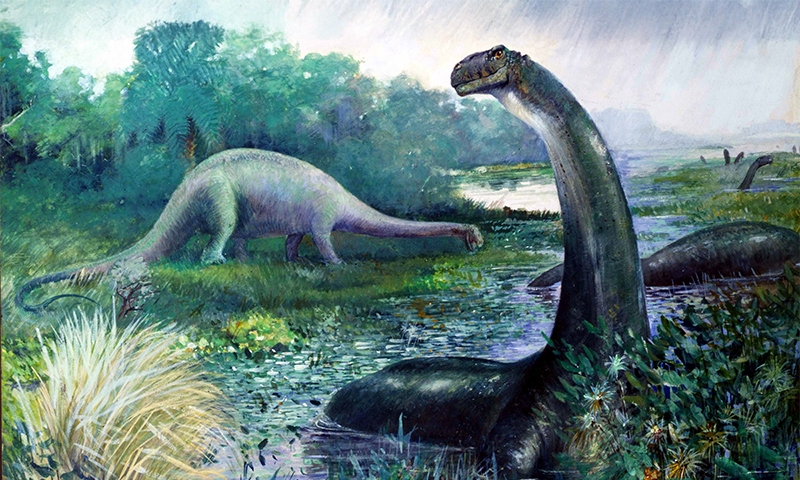Now Reading: Destruction for Thee, Habitat for Me
-
01
Destruction for Thee, Habitat for Me
Destruction for Thee, Habitat for Me

Sign up for the free Nautilus newsletter:
science and culture for people who love beautiful writing.
In 1992, Hurricane Andrew, one of the most devastating tropical cyclones in United States history, ravaged Elliott Key, Florida. “Most of the island was covered in seawater, and about a quarter of the trees were either toppled or completely broken,” says Sarah Steele Cabrera, a biologist at the University of Florida. “There was not a leaf to be seen.”
At the time, conservationists fretted that the enormous hurricane was going to wipe out the last of the island’s Schaus’ swallowtails (Papilio aristodemus), a species of endangered black-and-yellow butterfly native to southern Florida and now found only on Elliott Key and nearby Key Largo. And the butterfly’s numbers on the island did take an initial hit from the storm. But only four years later, much to scientists’ surprise, the population jumped dramatically. Now, a 36-year-long dataset shows that Schaus’ swallowtails saw similar post-hurricane population bumps after two subsequent hurricanes: Wilma in 2005 and Irma in 2017.
Hurricanes are partly responsible for the butterfly’s current spike in population.
In 1976, the Schaus’ swallowtail butterfly became one of the first insects to be listed under the U.S. Endangered Species Act, Cabrera says. This critically endangered butterfly prefers higher-elevation hammock forests with a mix of standing trees and grassland—a habitat that also happens to be prime real estate in the Florida Keys. The butterfly’s numbers on Elliott Key hit an all-time low in 2007, just two years after Hurricane Wilma, with an estimated 56 individuals remaining. But the most recent estimate from 2021 shows the island’s population sitting at a slightly more comfortable 4,400 or so.
While it seems counterintuitive, the dataset suggests that hurricanes are partly responsible for the butterfly’s current spike in population. To make sense of the recurring post-hurricane peaks, Cabrera and colleagues analyzed how butterfly numbers varied with precipitation, wind speed, temperature, and other meteorological variables.
When a hurricane first makes landfall, Cabrera says, the storm’s high winds kill many adult butterflies, while its surges of salty ocean water drown many caterpillars. In the immediate storm’s aftermath, both butterflies and caterpillars have fewer flowers or leaves to feed on. But as the damage fades and the years march on, toppled trees and downed branches create gaps in the canopy that let light penetrate to the forest floor. With more space and light, understory plants flourish, bringing fresh greenery for caterpillars and blooming flowers for butterflies.
“Hurricanes are natural disturbance events that shape population dynamics in ways that we are only just beginning to understand,” Cabrera says.
Jess Zimmerman, an ecologist at the University of Puerto Rico who was not involved in the study, says the nearly four decades of observations that went into this research offer the perspective of a wide-angle lens, yielding much more insight into the butterfly’s long-term crests and troughs than a narrower dataset could provide. As a result, he says, scientists are now more confident that the Schaus’ swallowtail population has remained fairly stable over the long term, despite high year-to-year volatility.
In general, Zimmerman says, animals that evolved in areas prone to disturbance are adapted to handle those variables. Schaus’ swallowtails, like many of the insects that Zimmerman studies, have many offspring and their populations can balloon under the right conditions. He says, “They have ways of making it through these disturbances without getting lost.” ![]()
This story originally appeared in bioGraphic, an independent magazine about nature and regeneration powered by the California Academy of Sciences.
Lead photo by University of Florida/Institute of Food and Agricultural Sciences / Flickr
-
Marina Wang
Posted on
Marina Wang is a multimedia journalist from Calgary, Alberta. Her work has appeared in Hakai, Atlas Obscura, CBC, Science Magazine, Canadian Geographic, and many other publications.
Get the Nautilus newsletter
Cutting-edge science, unraveled by the very brightest living thinkers.























